Why Were Dinosaur Fossils Not Recognized Until The 1800s?
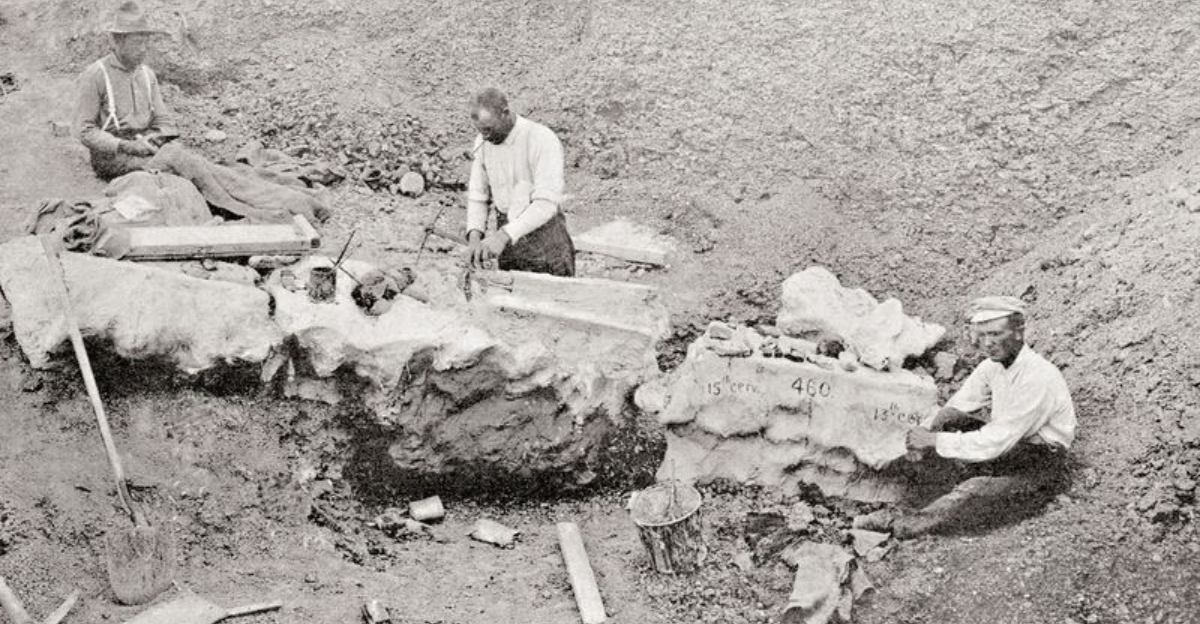
Have you ever wondered why dinosaurs weren’t part of our understanding of Earth’s history until fairly recently? For centuries, people found strange bones in the ground but didn’t know what they were looking at.
Giant fossils were often explained away as dragons, giants from the Bible, or victims of Noah’s flood. The 1800s changed everything, bringing scientific methods that finally revealed the truth about these prehistoric creatures.
The Mystery Of Dinosaur Fossils Before The 1800s
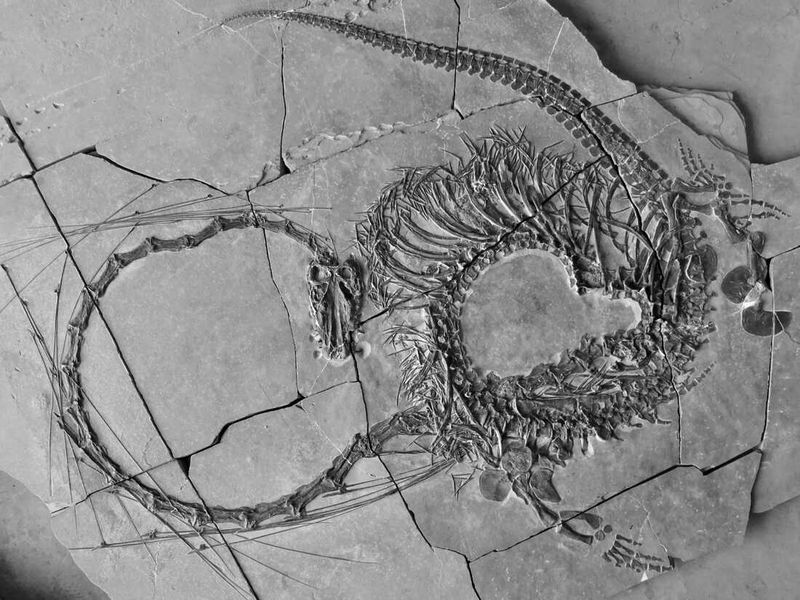
Ancient civilizations stumbled upon dinosaur fossils throughout history but lacked the scientific framework to identify them correctly. Chinese records described “dragon bones,” while Europeans thought they’d found giants mentioned in religious texts.
Without evolutionary theory or geological understanding, these mysterious remains sparked fantastical explanations rather than scientific inquiry. The concept of extinct species simply didn’t exist in most people’s minds.
Early Fossil Discoveries In The 1600s
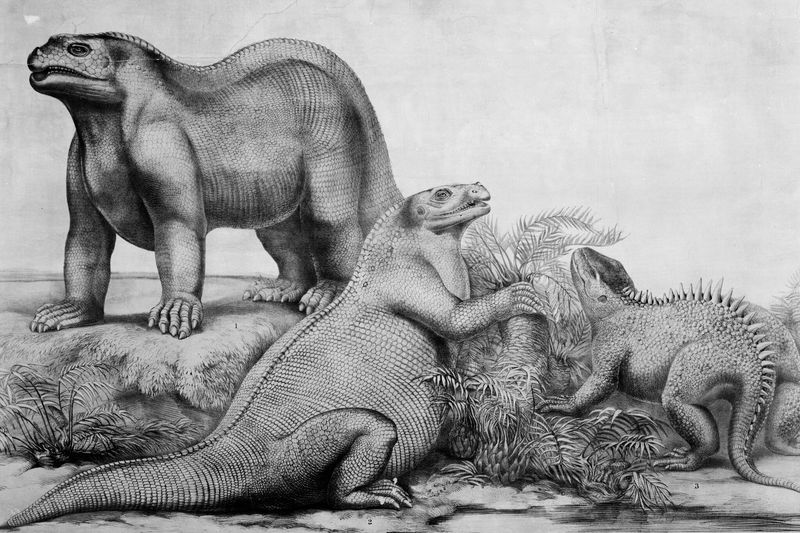
Massive bones puzzled 17th-century naturalists across continents. In England, a thigh bone fragment discovered in 1676 was initially attributed to war elephants brought by Romans!
Without geological dating methods or comparative anatomy knowledge, these pioneers couldn’t place their findings in Earth’s timeline. The very concept that species could vanish forever remained foreign to scientific thought.
Theories From The 17th Century
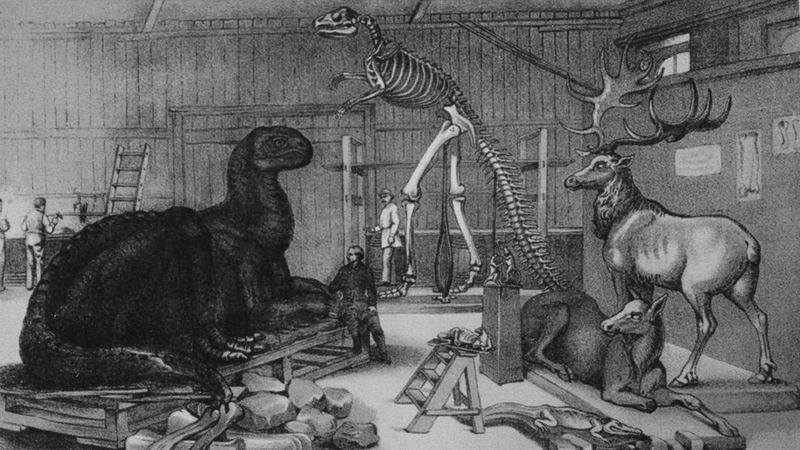
Bizarre explanations flourished when confronted with ancient remains. Some scholars believed fossils grew naturally within rocks, while others saw them as the Creator’s practice attempts before making living creatures!
Religious frameworks dominated interpretation, with many attributing fossils to Noah’s flood. The idea that Earth had a dramatically different past populated by unknown creatures seemed too fantastic to consider.
Fossil Finds And Growing Curiosity
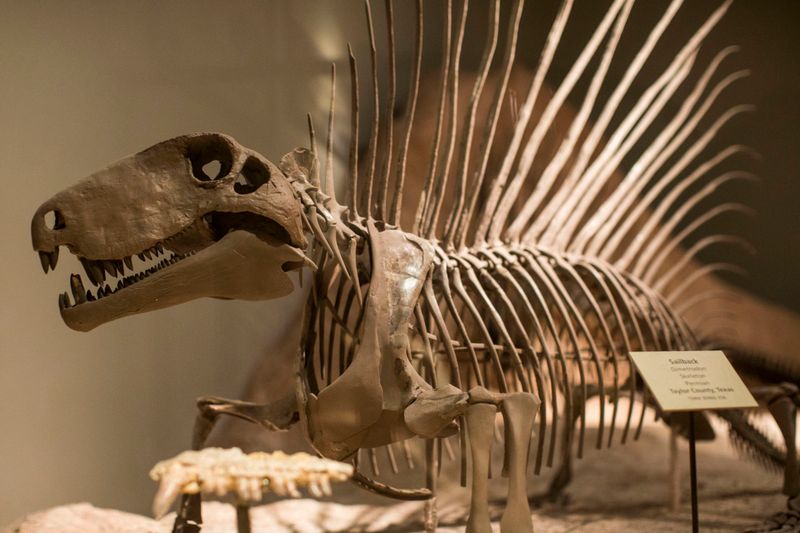
Enlightenment thinkers began questioning traditional explanations as more fossils emerged. Robert Plot’s 1677 discovery (later identified as Megalosaurus) was mistakenly labeled as a giant human thigh bone!
Georges Cuvier developed comparative anatomy techniques that revealed extinct species existed. Yet even this breakthrough didn’t immediately lead to dinosaur recognition—the conceptual leap remained just out of reach.
Early 1800s Discoveries

Mary Anning’s remarkable finds along English coastlines sparked scientific revolution. This working-class woman unearthed complete ichthyosaur and plesiosaur skeletons that couldn’t be ignored by the scientific establishment.
William Buckland’s 1824 Megalosaurus paper marked the first scientific dinosaur description. Though he didn’t call it a dinosaur yet, his detailed analysis laid crucial groundwork for understanding these ancient reptiles.
Richard Owen And The Coining Of The Term “Dinosaur” (1830s–1840s)
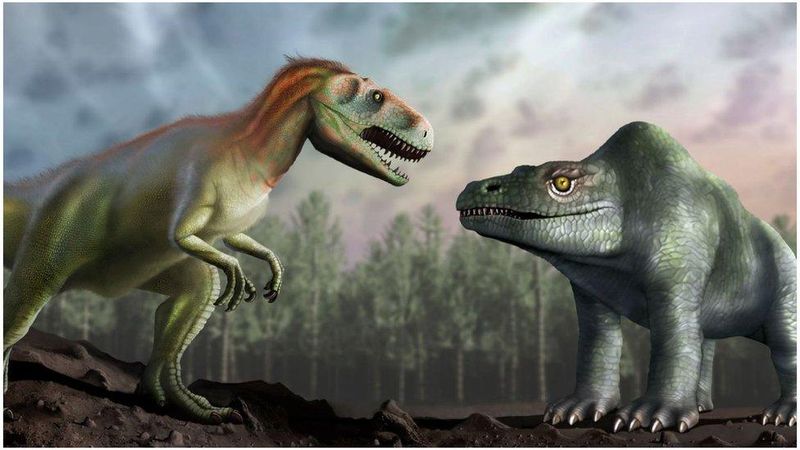
A brilliant anatomist with a notoriously difficult personality, Richard Owen forever changed science in 1842. After examining several unusual fossil reptiles, he recognized they shared distinctive features unlike any living creatures.
Owen coined “Dinosauria”—meaning “terrible lizards”—giving these ancient beings their identity at last. His concept unified previously scattered discoveries into a revolutionary new category of prehistoric life.
From Megalosaurus To Iguanodon
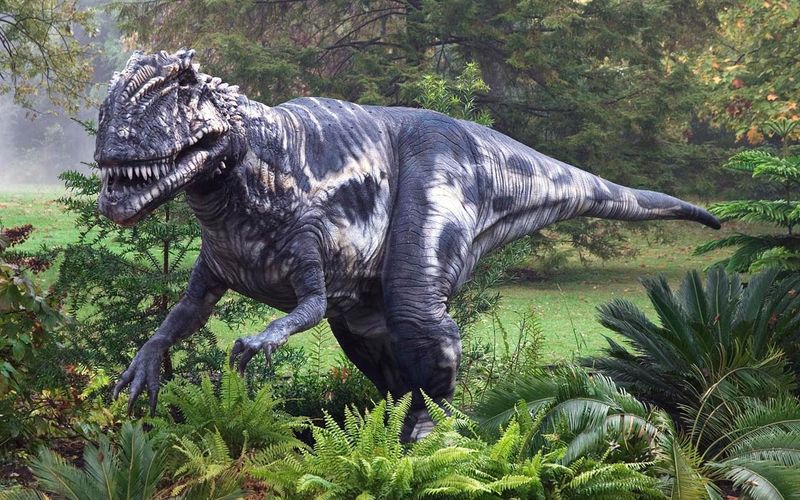
Gideon Mantell, a country doctor with a passion for fossils, made history when his wife spotted unusual teeth while he treated a patient. These Iguanodon remains challenged everything known about reptiles!
Crystal Palace Park’s 1854 dinosaur sculptures—the world’s first—showed these creatures as heavy, four-legged beasts. Though wildly inaccurate by modern standards, they represented groundbreaking attempts to visualize extinct life.
Excavation And Classification (Late 1800s)
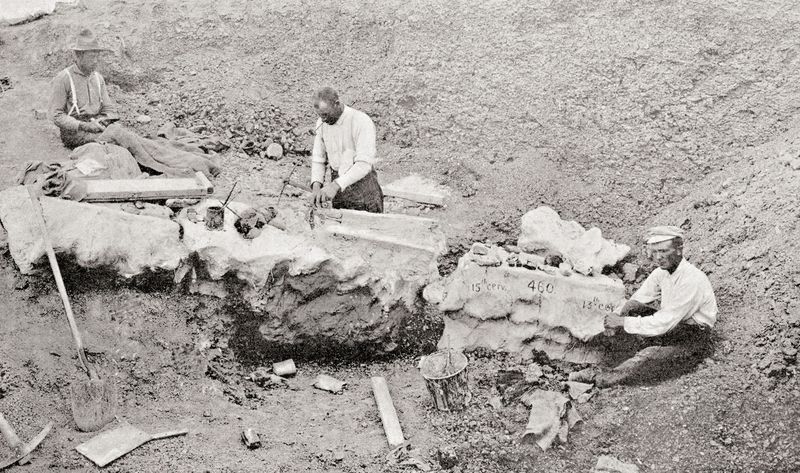
America’s scientific landscape erupted into fossil fever as railroads opened the West. The infamous “Bone Wars” between paleontologists Cope and Marsh devolved into sabotage, theft, and public ridicule—yet yielded over 130 new dinosaur species!
Their bitter rivalry drove both men to financial ruin, but their discoveries transformed dinosaur science. Public imagination caught fire as museums displayed these magnificent skeletons for the first time.
1900s And The Birth Of Modern Paleontology
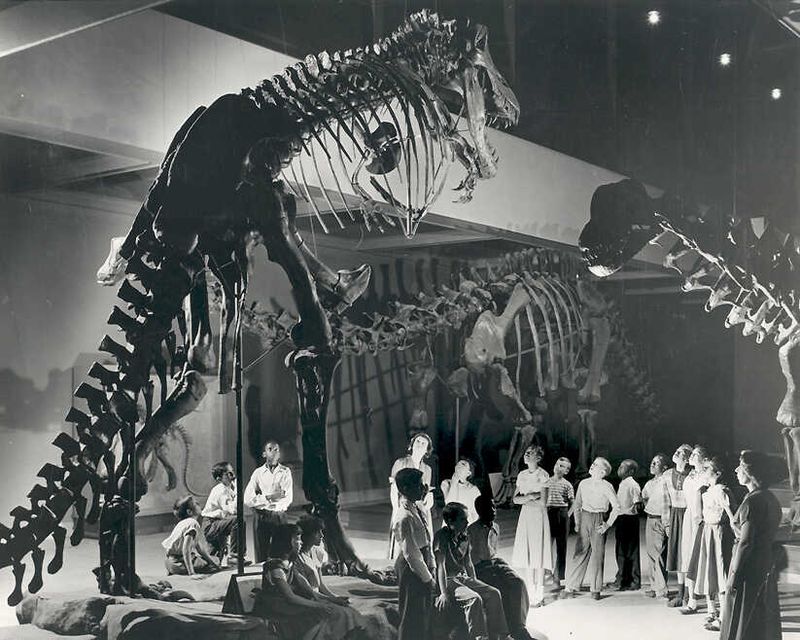
Barnum Brown’s 1902 Tyrannosaurus rex discovery captivated the world with its massive jaws and tiny arms. This iconic predator became an instant celebrity, cementing dinosaurs in popular culture forever.
Early 1900s expeditions to Mongolia’s Gobi Desert revealed nesting sites and eggs, proving dinosaurs reproduced like birds rather than reptiles. These findings gradually transformed our understanding from cold-blooded lizards to dynamic, complex creatures.
Ongoing Discoveries And Modern Research
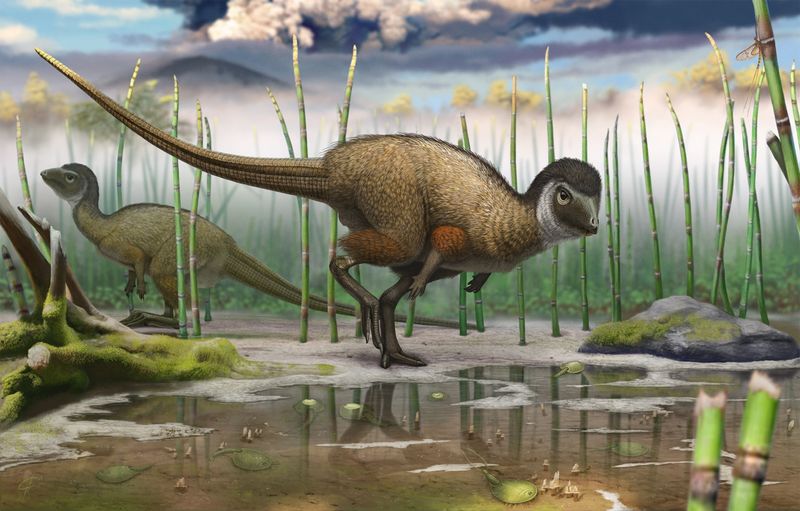
Revolutionary techniques have exploded our dinosaur knowledge since the 1960s. CT scans reveal brain structures, while chemical analysis identifies actual preserved proteins in some fossils—something once thought impossible!
Feathered dinosaur discoveries in China proved the direct link between dinosaurs and modern birds. We now understand T. rex likely had feathers too, completely transforming our image of these ancient creatures.
The Journey From Misunderstanding To Discovery
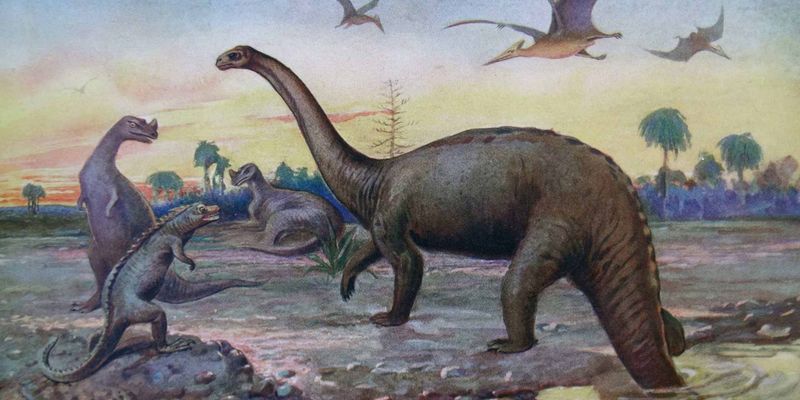
Humanity’s path to understanding dinosaurs reflects our evolving relationship with science itself. From mythological explanations to rigorous study, each generation built upon previous knowledge while correcting its mistakes.
Today’s child who confidently names dinosaur species stands on the shoulders of centuries of scientific progress. This journey reminds us how persistence, curiosity, and willingness to question assumptions drives our understanding of our planet’s remarkable history.






